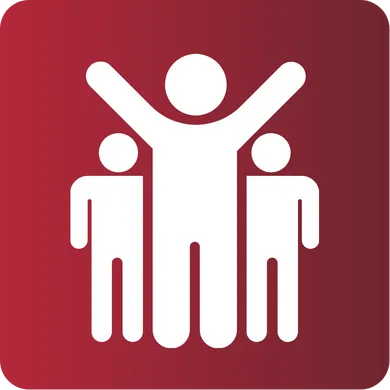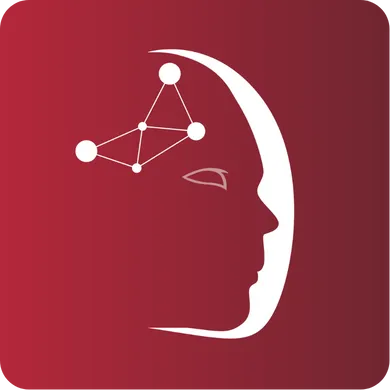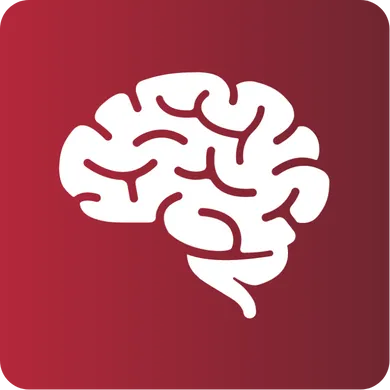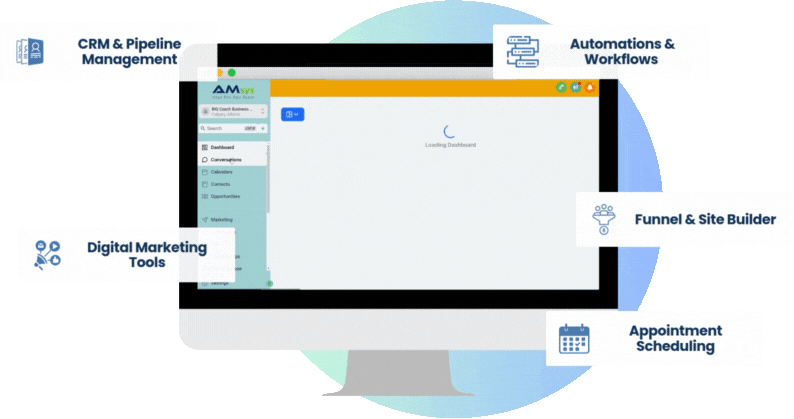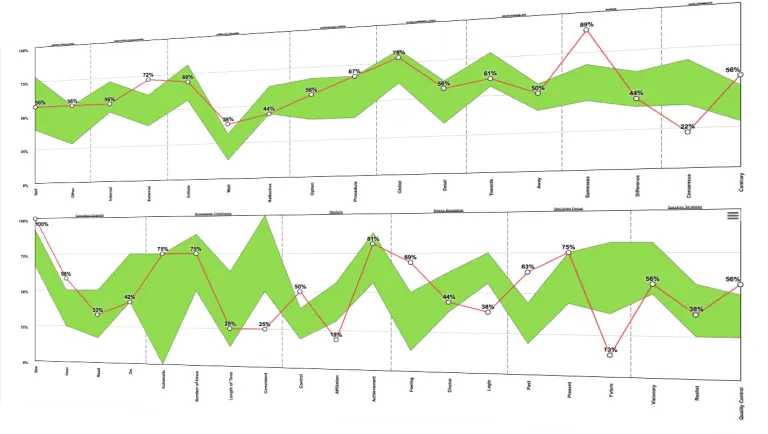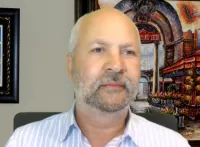Books & Downloadable Resources
Evidence-based tools to help you coach smarter, lead more effectively, and grow with behavioral precision.
Signature Books
The Leadership Intelligence Cookbook
196 Ready-to-Use Leadership Situations and Strategies
A practical field manual to help you coach better, lead smarter, and respond more effectively in real time. Think of it as your go-to behavioral reference guide.
Use it like a thesaurus for leadership moments
Key Focus: Decode and shift behavior quickly—not just understand it
Build a Successful Coaching Practice
Business Advice from Someone Who's Been There
Step-by-step guidance on launching, growing, and sustaining a profitable coaching business, with real examples and BI-based philosophy.
For business-minded coaches seeking structure
Key Focus: Branding, positioning, and scaling for revenue

The Leadership Intelligence Handbook
196 Ready-to-Use Leadership Situations and Strategies
A practical field manual to help you coach better, lead smarter, and respond more effectively in real time. Think of it as your go-to behavioral reference guide.
Use it like a thesaurus for leadership moments
Key Focus: Decode and shift behavior quickly—not just understand it
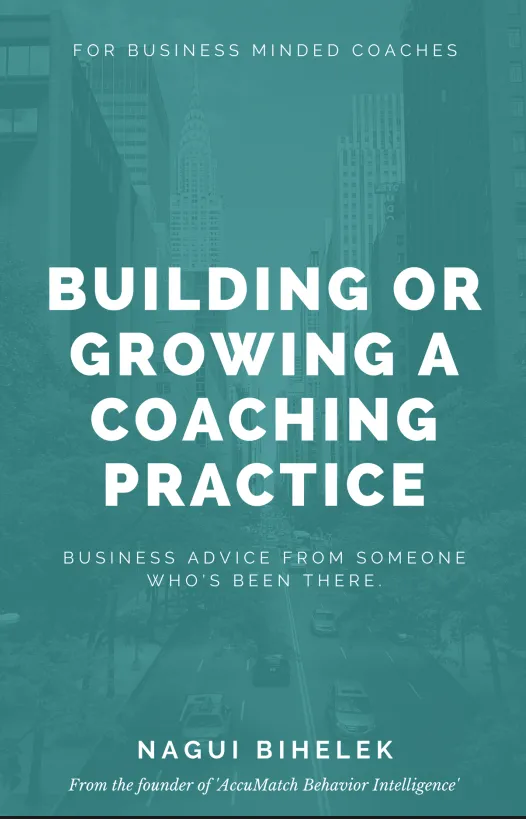
Build a Successful Coaching Practice
Business Advice from Someone Who's Been There
Step-by-step guidance on launching, growing, and sustaining a profitable coaching business, with real examples and BI-based philosophy.
For business-minded coaches seeking structure
Key Focus: Branding, positioning, and scaling for revenue
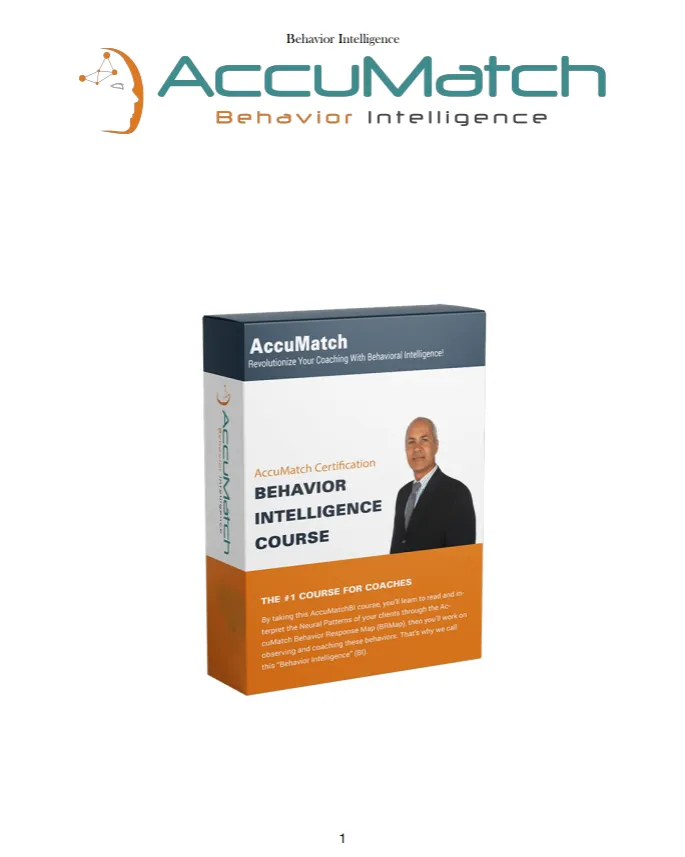
Behavior Science Essentials
Understanding the Difference Between Behavior and Personality
An insightful exploration of why behavior—not personality—is the most actionable tool for coaching. Includes self-assessment and critical contrasts.
Perfect for coaches tired of personality typing's limitations
Key Insight: Behavior is observable, trainable, and situational
Research & Validation Reports
General Evidence & Validity Report
Scientific foundations of AccuMatchBI’s behavioral mapping methodology, including AI, NLP meta-programs, and measurable patterns.
For professional coaches & academics
Corporate Sector Report
Demonstrates impact of behavior intelligence in leadership, HR strategy, and organizational performance.
Ideal for executives, HR leaders, and L&D
Small & Medium Enterprises Report
Focused on how SMEs can reduce friction, boost cohesion, and drive profitability through behavior-based team dynamics.
For founders, small business teams & consultants
Ready to Launch Your Future as a Certified Leadership Intelligence Coach?
Real Coaches.
Real Success.

"I’ve been coaching for over a decade, but the BIQ certification completely changed how I work with clients. Understanding their behavior patterns—not just their feelings—gave me a new level of precision. My client retention and referrals have never been higher."
Lena Morales, Executive Coach

"BIQ helped me launch my coaching business fast—with structure, confidence, and real clients."
David Chan, Former VP

"We rolled out BIQ inside our leadership development program. The impact was immediate. Managers became more self-aware, team dynamics improved, and performance conversations finally got real. It’s not just a certification—it’s a competitive edge."
Rachel Owens, Learning & Development Director, UK
Latest From The Blog

Leadership Clarity: Removing the Filters That Limit Your Impact
Leadership Clarity: Removing the Filters That Limit Your Impact
As leaders, the greatest challenges aren’t always external. Often, what limits us most are the invisible filters, biases, and automatic patterns that shape how we see situations, interpret people, and make decisions. These filters aren’t flaws. They are the very things that once helped us succeed. But if left unexamined, they can become blind spots that hold us back.
In this article, I’ll walk you through the full framework of Leadership Clarity—what it means to remove the filters that distort your perspective, how to spot the hidden patterns shaping your leadership, and practical tools to recalibrate your filters for greater impact.

Behavior Is Learned, Not Fixed
We are not born with our patterns of behavior. These are learned responses that become automated over time. Neuroscience shows us that the brain is constantly rewiring itself—thanks to neuroplasticity, we can always unlearn and relearn patterns. That means your current habits and leadership style are not permanent; they can evolve.
Key insight: Behavior is not personality. Programming refers to our automatic, unconscious responses to triggers. These patterns can be changed through awareness and practice.
The Power of Environment
Our environment shapes our behavior more than we realize. Think about a soldier in wartime—the environment forces drastic adaptations. But when they return home, the environment may not be strong enough to shift them back, leading to long struggles. The same principle applies in business: your organizational culture, what you reward, and what you ignore all shape the behavior of your people.
The Pattern Loop: Trigger → Pattern → Outcome
Here’s how our brains work:
Trigger (Cue): An event sparks a reaction.
Pattern (Routine): We slip into an automatic behavior.
Outcome (Reward): If the outcome is satisfying, the brain reinforces it.
Over time, this becomes a habit loop. The brain is efficient and lazy—it wants to move things into automation, just like your computer caches data for quick loading. That’s why patterns become so hardwired.
But here’s the danger: the same filters that helped you succeed in the past are now distorting the patterns you need to see clearly as a leader.
Six Principles for Leadership Clarity
1. Filters Are Not Flaws—They’re Just Biased
Your filters are shaped by your expertise. For example:
Finance leaders see ROI and budgets.
Sales leaders see opportunities.
Operations leaders see risks.
These lenses made you successful, but they also confine you. Leaders must expand beyond their default filters. The goal isn’t to eliminate them—it’s to calibrate them.
2. Every Filter Deletes
Filters cause us to distort, delete, and generalize information. For instance, if someone arrives late to a meeting, you may assume poor time management. But maybe the agenda wasn’t sent ahead, or they’re cutting out small talk to focus on work. Your brain deleted critical context.
Reflection questions:
What triggers am I missing? (environmental, emotional, or timing?)
What behaviors am I dismissing as unimportant?
What needs might this person be meeting that I don’t value?
3. Biases Shape Your Interpretations
Our unconscious biases determine how we interpret patterns. We often:
Judge some behaviors positively and others negatively.
Reward people based on what we value.
Attach patterns to individuals and misdiagnose intentions.
Exercise: For one week, audit yourself. When you notice a negative pattern, who is showing it? Which loops do you try to change versus simply accept? You’ll quickly see where your biases lie.
4. Misdiagnosis is Dangerous
We misinterpret behaviors all the time:
Quietness might mean disengagement—or it could mean deep processing.
Pushback might look like arrogance—but often it’s customer advocacy.
The rule: Never jump to judgment. Test alternative interpretations before acting.
5. From Judgment to Observation
Leaders often sabotage trust by labeling. Instead of saying:
“You avoid accountability.”
Reframe with observable facts:
“I notice that when deadlines get tight, you become less responsive to check-ins. Help me understand what’s happening.”
This approach removes judgment, describes behavior, and invites open dialogue.
6. Challenge Confirmation Bias
The brain naturally defends its own interpretations by seeking confirming evidence. To counter this:
Pick one pattern you’re sure about.
For 30 days, actively seek evidence that contradicts it.
Ask the person about their perspective.
Adjust your leadership response accordingly.
This rewires your brain to expand its awareness.

Case Study: Misjudging a Top Performer
A leader once believed their top performer was arrogant because he frequently challenged decisions. The filter was: “Respect equals agreement.” This blind spot created tension.
On closer examination, it turned out the employee only challenged strategic decisions that affected customers. In reality, this person was a strong customer advocate with excellent strategic thinking skills. Once reassigned to a consultative role, their contributions drove revenue growth and improved performance across the team.
Lesson: What looks like resistance may actually be commitment expressed differently.
Practical Leadership Exercises
Here are the steps you can implement immediately:
Filter Inventory – Identify which patterns you notice most often and which ones you miss.
Observation Practice – Describe what you see, not what you assume.
Bias Audit – Track positive and negative judgments over one week.
Reframe Resistance – Test alternate explanations before labeling.
Seek Contradictions – Look for data that disproves your assumptions.
Celebrate Insights – Reinforce new patterns by acknowledging progress.
The Multiplier Effect of Leadership Clarity
When you learn to recalibrate your filters:
You recognize a wider range of behaviors.
You avoid losing top talent to misdiagnosis.
You build trust by approaching situations with curiosity instead of judgment.
You accelerate performance and create a culture of clarity.
Clarity is contagious. As you upgrade your awareness, your team begins to do the same—and performance multiplies.
Final Thoughts
Leadership clarity is about seeing beyond your filters. Your filters got you here, but they won’t take you to the next level unless you recalibrate them. Remember:
Filters aren’t flaws—they’re strengths that need expansion.
Deletion, distortion, and generalization are natural—but dangerous if unchecked.
Curiosity opens doors that judgment keeps closed.
When you learn to spot, test, and recalibrate your patterns, you unlock a new level of leadership impact.
Ready to See More Clearly?
If you’re committed to expanding your leadership clarity and equipping yourself with the tools to spot patterns, remove blind spots, and empower your team, join me in the Leadership Intelligence programs. You’ll gain the frameworks, coaching, and support to lead with precision and impact.
Subscribe to our Newsletter!
Get the latest insights on coaching, behavior intelligence, & leadership.
Copyright 2025 • All Rights Reserved
Behavior Intelligence Organization is a Division of NLP Profiles Inc.
Terms of Use | Privacy Policy
Subscribe to our Newsletter!
Get the latest insights on coaching, behavior intelligence, & leadership.
Copyright 2025 • All Rights Reserved
Behavior Intelligence Organization is a Division of NLP Profiles Inc.
Terms of Use | Privacy Policy

